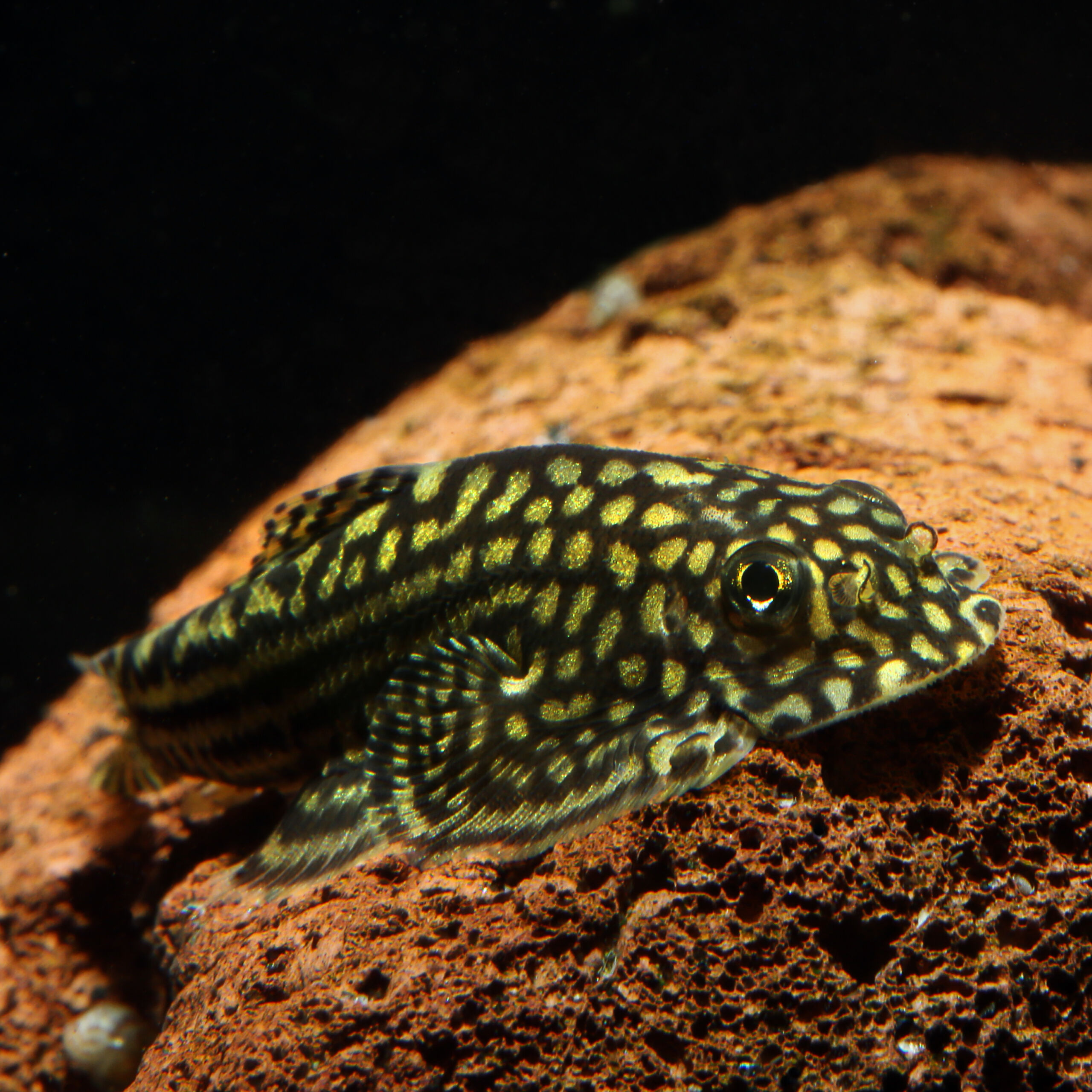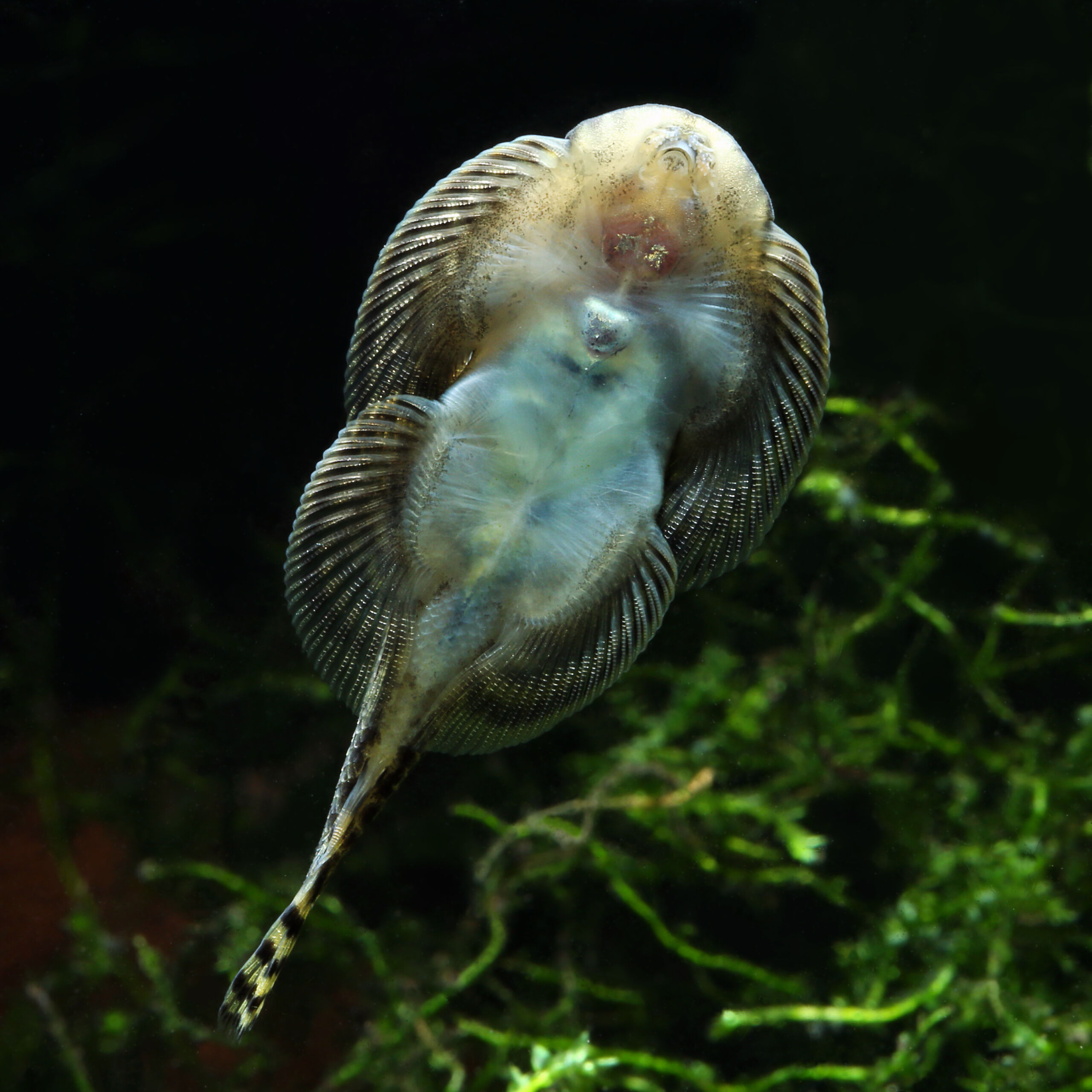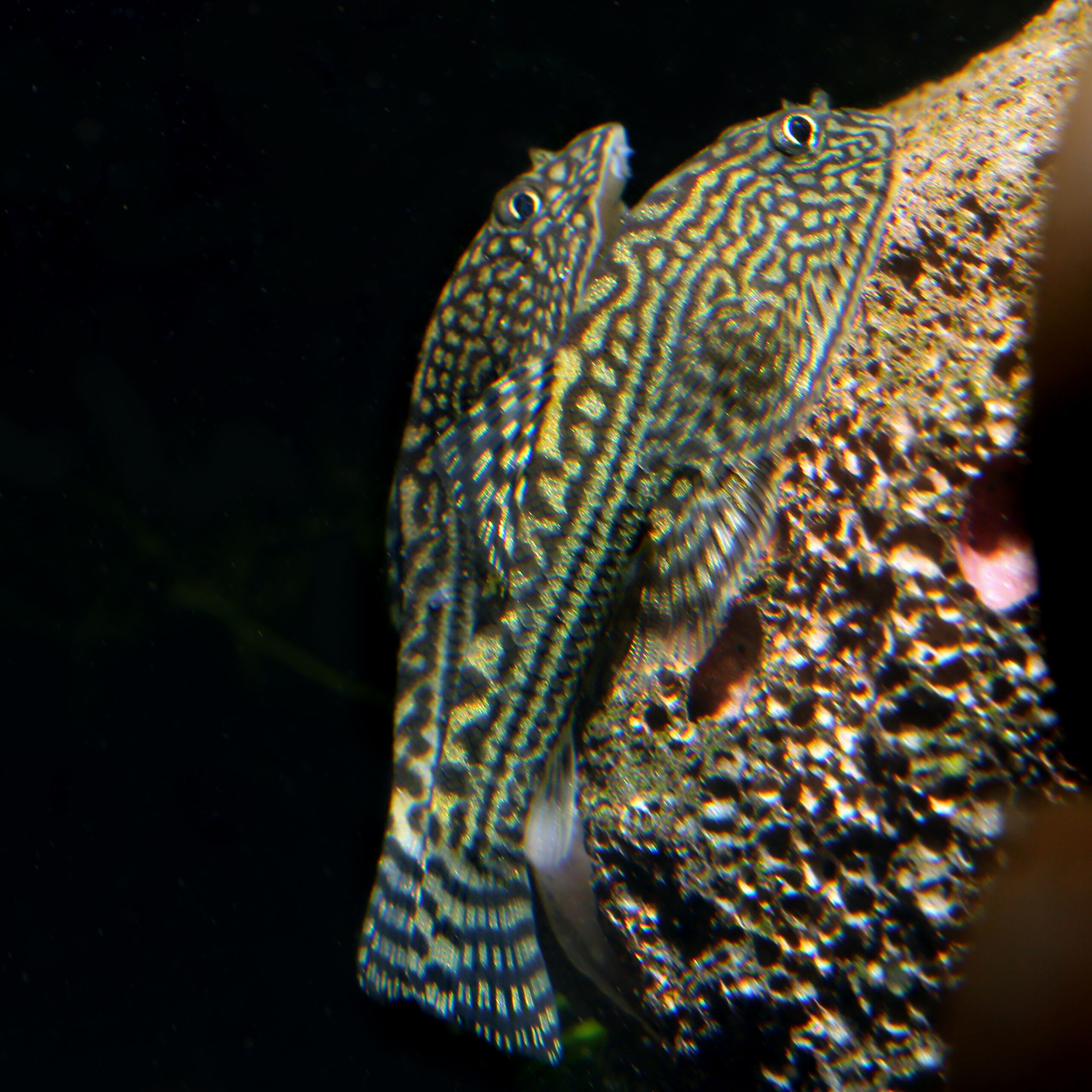Reticulated Hillstream Loach
Sewellia lineolata
The Reticulated Hillstream Loach is a beautiful loach from Asia and the ideal fish for an aquarium with strong currents.
- beautiful loach species from Asia
- ideally adapted to strong currents
- high-contrast pattern
1 in stock
 Delivery in a few working days
Delivery in a few working days
 Free shipping from €60 across Austria
Free shipping from €60 across Austria





Important data
Product description & details
The Reticulated Hillstream Loach, also known as Tiger Hillstream Loach, has its natural range in China, Vietnam and Cambodia and belongs to the family of hillstream loaches. Its habitat is fast-flowing and very oxygen-rich streams and headwaters. Thanks to their very flat body and the pectoral and pelvic fins that have been converted into suction fins, they are ideally adapted to the strong currents. Due to its high-contrast dot and spot pattern, the Reticulated Hillstream Loach, which can grow up to 8cm in size, is particularly beautiful to look at.
Care in the aquarium
In the aquarium, Sewellia lineolata feels most comfortable in the company of its peers. Due to its size and recommended group keeping of 5 animals or more, the aquarium volume should be at least 80 liters. Above all, the water should be very rich in oxygen and have a relatively strong current. A temperature between 18 and 24°C is well tolerated, but temperatures in the lower range should preferably be aimed for. The substrate should be relatively fine and not sharp-edged. Many hiding and resting options made from roots and plants as well as larger, rounded stones ensure the loache’s well-being. The Reticulated Hillstream Loach can easily be socialized with other peaceful species such as dwarf shrimps.
Feeding
In nature, the Reticulated Hillstream Loach feeds on algae and biofilm and occasionally on small aquatic creatures such as insect larvae. In the aquarium, algae-containing tabs for loach-like fish, algae powder such as chlorella or spirulina and occasionally sinking live and frozen food can be fed.
Sexual characteristics and breeding
The females of the Reticulated Hillstream Loach normally grow a little larger and are a little fuller than their male counterparts. Their pelvic fins are also usually more rounded. The slightly slimmer and smaller males, on the other hand, have slightly wider and more pointed pelvic fins. Breeding the Reticulated Hillstream Loach is considered challenging and we have little information about it. The species is a free-spawner that lays its eggs on the ground and does not care for the brood.







